Top Things to Know Before Buying Wall Hanging Flower Pots
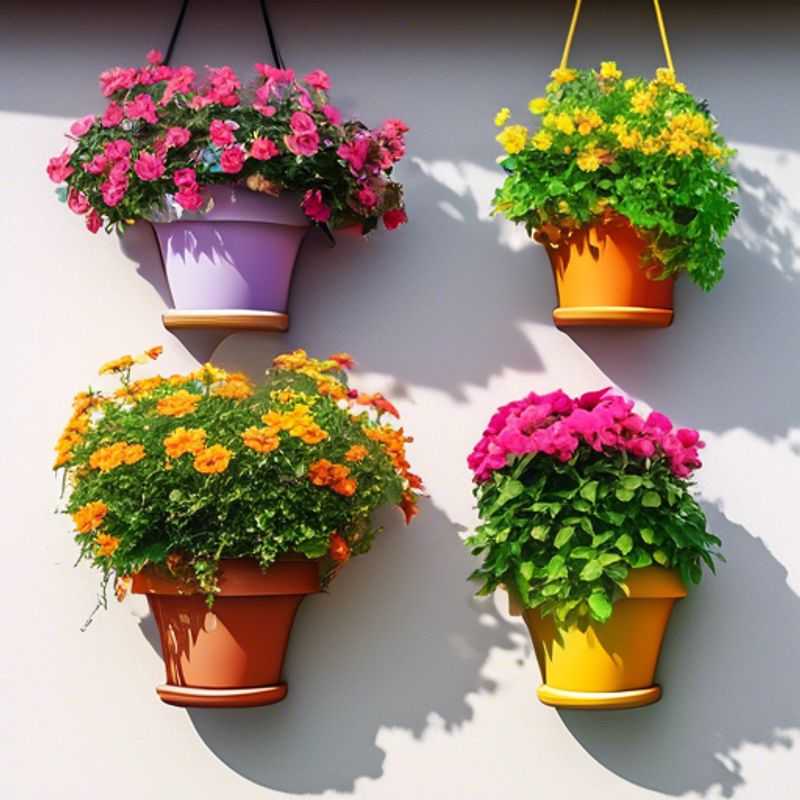
Top Things to Know Before Buying Wall Hanging Flower Pots: A Practical Guide for Green Thumbs
Bringing the beauty of nature indoors is a delightful way to enhance your home's ambiance. And what better way to achieve this than with captivating wall-hanging flower pots? These vertical gardens not only add a touch of greenery but also create a stunning visual focal point. However, before you embark on your quest for the perfect wall-hanging pots, there are some essential things to consider. Let's delve into the key aspects that will ensure your wall-hanging gardening journey is a success.
First and foremost, measure the available wall space. You wouldn't want to end up with pots that are too large or too small for your chosen spot. Take into account the width, height, and any obstructions like windows or electrical outlets. This will help you determine the optimal size and number of pots for your wall.
Another critical aspect is considering the weight capacity of the wall.
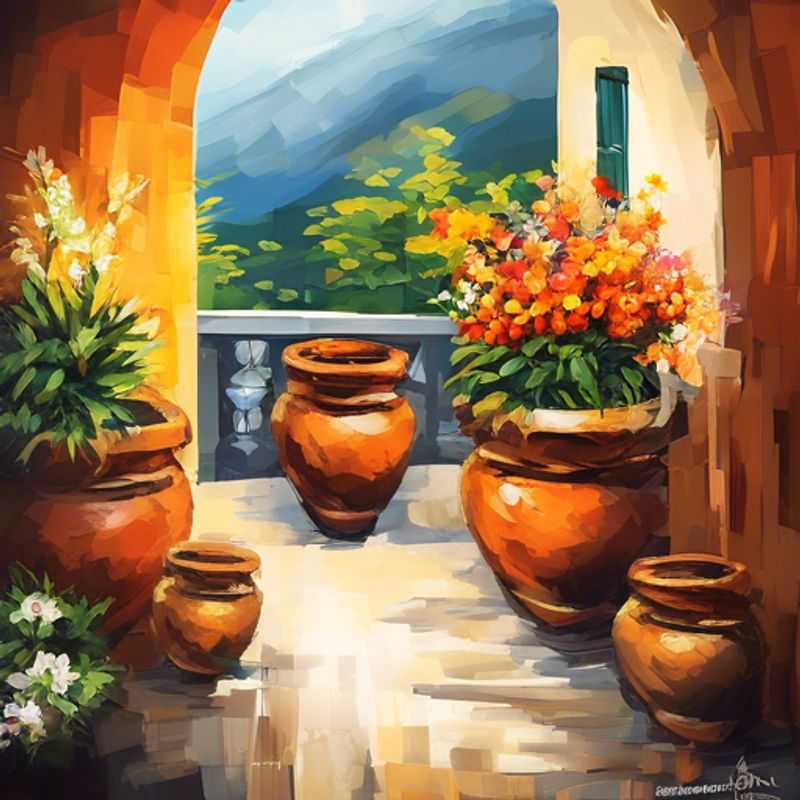
Measure for Success: How to Ensure Your Pots Fit Your Wall Space
Before embarking on your green wall journey, it’s crucial to carefully measure the available wall space. This ensures your pots fit snugly and harmoniously, enhancing both the visual appeal and the health of your plants. You’ll want to consider the size and shape of the pots, their arrangement on the wall, and any existing fixtures or obstructions. It’s a wise move to sketch a rough plan of your green wall to visualize the layout and make sure everything fits comfortably. This initial step might seem trivial, but it can save you from potential headaches later on.
Take a tape measure and carefully determine the dimensions of your chosen wall space. Note the length, width, and any irregularities in the surface. It’s also essential to consider the weight of your potted plants, especially if you’re creating a large-scale green wall. The wall structure must be sturdy enough to support the combined weight without any risk of damage.
If you’re unsure about the wall’s structural integrity, it’s always advisable to consult a professional. They can assess the load-bearing capacity and provide guidance on any necessary reinforcements. Remember, a well-planned and executed green wall is a testament to your horticultural skills and a source of pride for years to come.
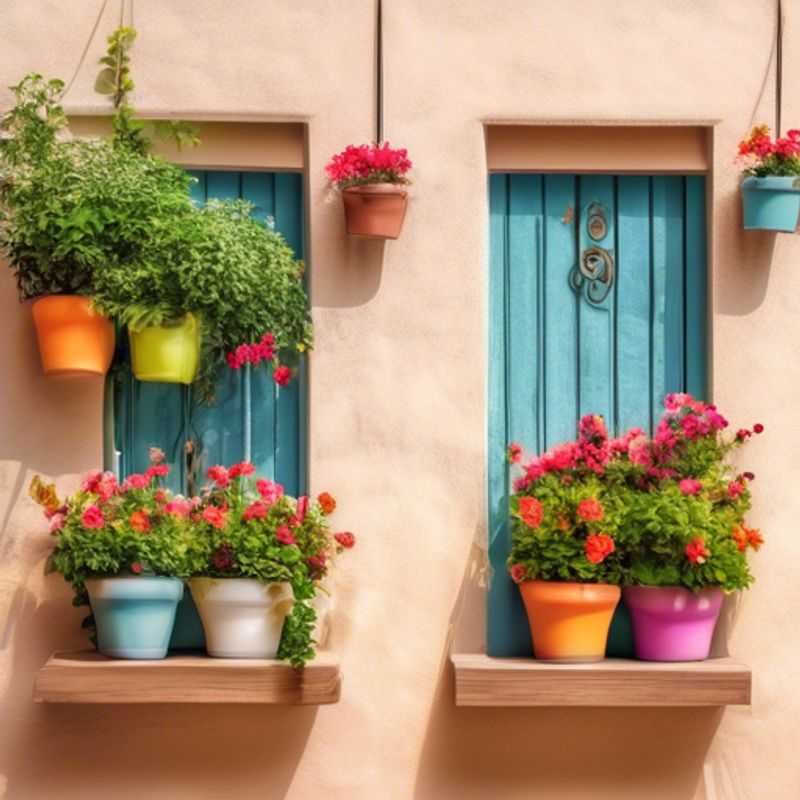
Supporting Your Plants: Understanding Wall Weight Capacity and Choosing Lightweight Pots
When hanging pots on your wall, it's crucial to consider the weight capacity of the wall itself. Walls can be made of different materials, each having its own weight-bearing strength. Drywall, for instance, is generally not as strong as brick or concrete.
Choose lightweight pots, especially for larger sizes. Materials like terracotta can be quite heavy, so opt for lighter alternatives like plastic or resin if you're concerned about the wall's capacity. You can also look for pots with built-in hanging systems that distribute the weight more evenly.
Don't overload the wall. Even with lightweight pots, avoid hanging too many in one spot. Distribute the weight across different walls or consider alternative display methods like shelves. This will help prevent damage to the wall and ensure the safety of your plants.
If you're unsure about your wall's capacity or have concerns, it's always best to consult a professional before hanging heavy items. They can assess the structure and recommend appropriate mounting solutions to ensure your wall's integrity and the safety of your plants.
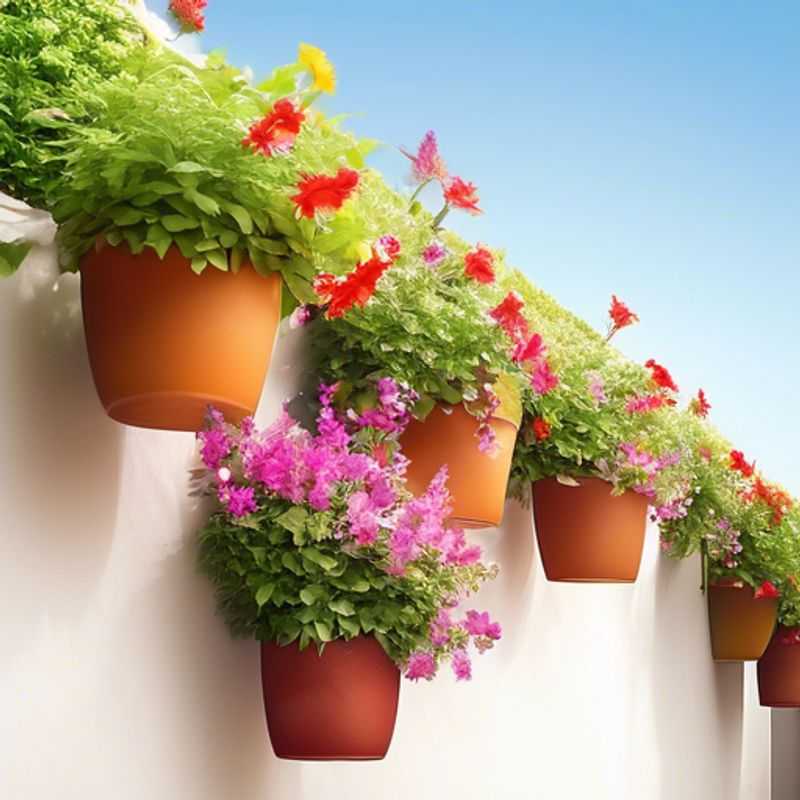
Hanging Around: Pots with Built-in Hangers for Easy Storage
When choosing pots for your plants, consider those with built-in hangers or easy mounting mechanisms. This can significantly simplify the process of hanging your plants and make them more accessible. Pots with built-in hangers often feature a sturdy hook or loop that can be attached to a ceiling or wall, providing a secure and aesthetically pleasing way to display your plants. Look for pots with sturdy and well-designed hangers to ensure they can support the weight of the plant and pot.
Alternatively, pots with easy mounting mechanisms may have pre-drilled holes or slots designed to accommodate hanging wires or brackets. These mechanisms offer flexibility in how you hang your plants, allowing you to use different types of hanging hardware depending on your preference and the size of your pot. Make sure the mounting mechanisms are compatible with the type of hanging hardware you plan to use.
Remember to consider the weight of the plant and the pot when choosing a hanging method. If the plant is heavy, ensure that the hanger or mounting mechanism is strong enough to support it safely. Additionally, consider the size and shape of the pot to ensure it fits comfortably in the chosen hanging position.
By opting for pots with built-in hangers or easy mounting mechanisms, you can simplify the process of hanging your plants and create a visually appealing display for your home or garden.
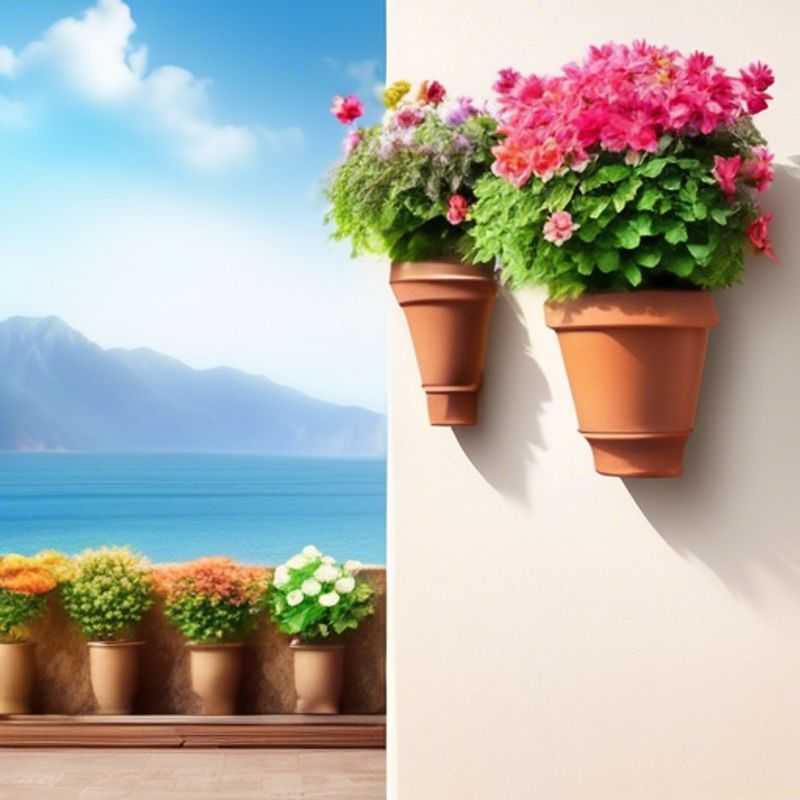
Evaluate the Material and Finish to Match Your Home Decor
Evaluating materials and finishes to match your home decor is a crucial step in any renovation or design project. It's about finding the right balance between aesthetics and functionality, ensuring your choices enhance your home's beauty and longevity.
Here’s a quick guide to help you navigate this process:
1. Define Your Style: Before diving into specifics, determine your overall design aesthetic. Do you prefer a modern, minimalist look, a traditional, cozy feel, or something eclectic and vibrant? Having a clear vision will guide your material choices.
2. Consider Functionality: Think about how each space will be used. For high-traffic areas like kitchens and bathrooms, durability and easy maintenance are essential. For bedrooms, consider comfort and sound absorption.
3. Explore Material Options: There’s a wide range of materials available:
Hardwood Flooring: Classic, durable, and beautiful, but can be expensive.
Tile: Versatile, water-resistant, and easy to clean. Comes in various styles and materials like ceramic, porcelain, and natural stone.
Carpet: Soft and comfortable, but requires regular cleaning and can trap allergens.
Laminate: Cost-effective, durable, and offers various wood-look finishes.
Paint: A budget-friendly way to transform a space. Consider its sheen (matte, satin, semi-gloss) and color to achieve your desired look.
4. Evaluate Finishes: Finishes can add personality and depth to your design. Consider:
Countertop Finishes: Quartz, granite, laminate, and butcher block each have their advantages and disadvantages.
Cabinet Finishes: Painted, stained, or lacquered cabinets can significantly change the look of your kitchen or bathroom.
Hardware Finishes: Handles, knobs, and hinges can be chosen in brass, nickel, chrome, and more.
5. Factor in Budget: Materials and finishes vary greatly in price. Set a realistic budget and prioritize your spending.
6. Seek Professional Advice: Consulting a designer or contractor can be invaluable. They can help you make informed decisions, optimize material choices, and avoid costly mistakes.
Remember, evaluating materials and finishes is a personal journey. Take your time, explore options, and choose what best fits your style, needs, and budget.
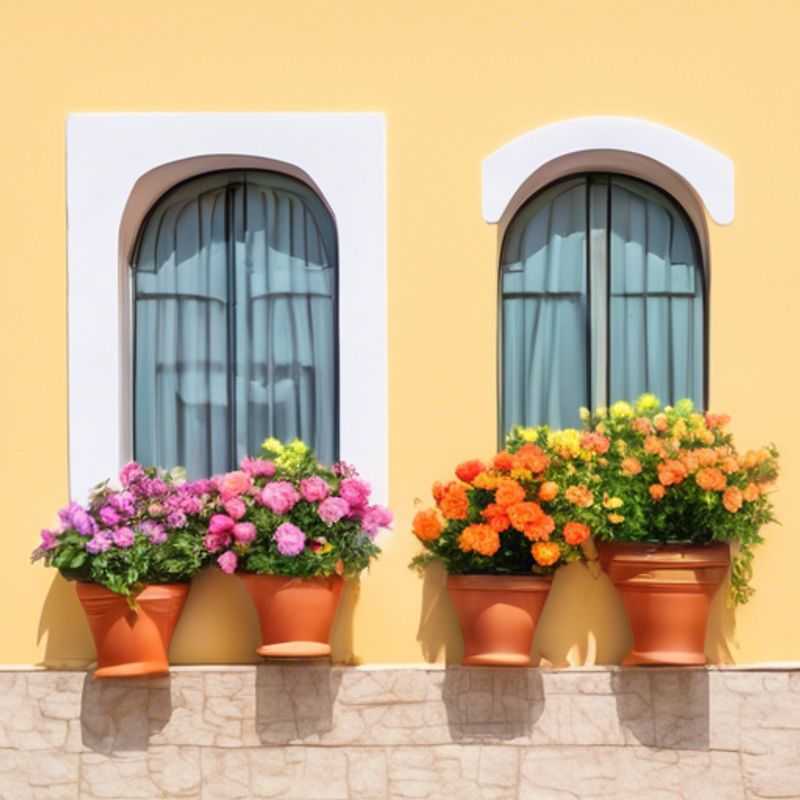
Prevent Water Damage: Check Your Drainage System Today
A well-maintained drainage system is crucial for preventing water damage. Regular checks and maintenance can save you from costly repairs and potential health hazards. Here’s a quick guide to help you assess and maintain your drainage system:
Inspect your gutters and downspouts: Make sure they are clean and free of debris. Clogged gutters can lead to water overflowing and damaging your roof, walls, and foundation.
Check your downspouts for proper drainage: Ensure they extend at least 5 feet away from your foundation to prevent water from pooling near your home.
Inspect your sump pump: If you have a basement, a sump pump is essential to remove water that accumulates below ground level. Regularly check its operation and ensure the pump is functioning correctly.
Examine your sewer lines: Tree roots, mineral buildup, and other blockages can damage your sewer lines. If you suspect a problem, contact a professional plumber for inspection and repair.
Look for signs of water damage: Be vigilant for cracks in walls, foundation issues, dampness, or musty odors. These signs can indicate water damage that needs attention.
Professional maintenance: Hiring a professional plumber for regular inspections and cleaning can save you money in the long run by preventing potential issues before they escalate.
A well-maintained drainage system is an essential aspect of home maintenance, ensuring a safe and healthy living environment. Remember to prioritize these steps to prevent water damage and costly repairs. For any drainage system concerns or if you notice unusual issues, consult a qualified professional for assessment and guidance.
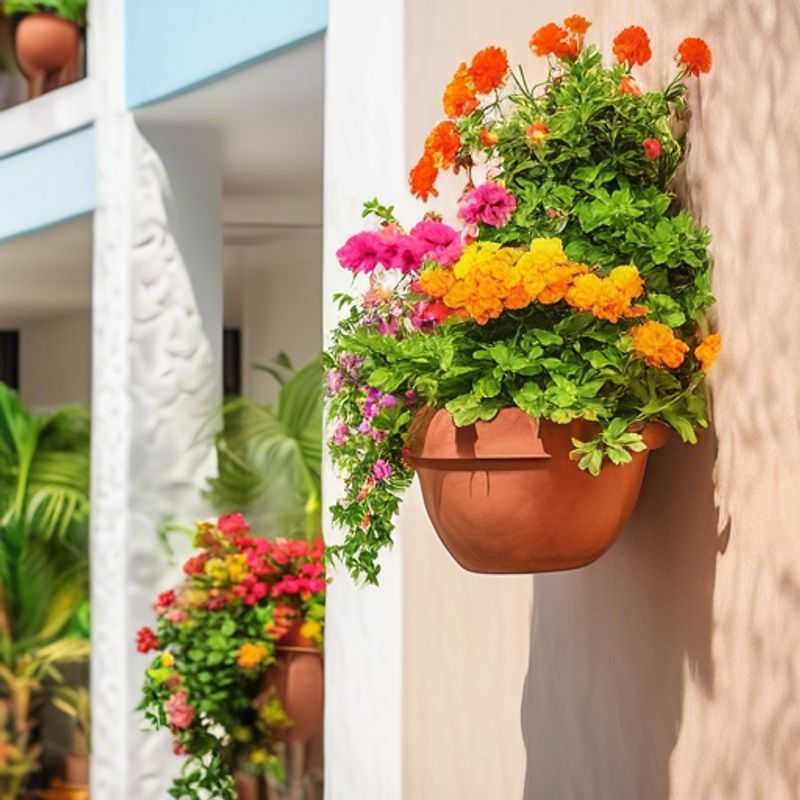
Wall-Mounted Wonders: Choosing the Perfect Plants for Vertical Greenery
Choosing the right plants for wall-mounted pots is a key to success in vertical gardening. Consider factors like light requirements, watering needs, and plant size when making your selection.
For shady spots, consider trailing plants like pothos, philodendron, or spider plants. These plants thrive in low-light conditions and can cascade beautifully from your wall-mounted pots.
If your wall gets plenty of sunlight, succulents and cacti are excellent choices. They need bright, indirect light and are drought-tolerant, making them perfect for low-maintenance vertical gardens.
When choosing plants, also think about the weight of the pot and the strength of the wall. Some plants can get quite heavy, so ensure the pot and wall can support them.
Don’t forget about the root system! Choose plants with shallow root systems that won't damage the wall or your home's foundation.
Finally, research the specific care requirements for your chosen plants. Some plants may need regular pruning or fertilization to thrive in a wall-mounted pot.
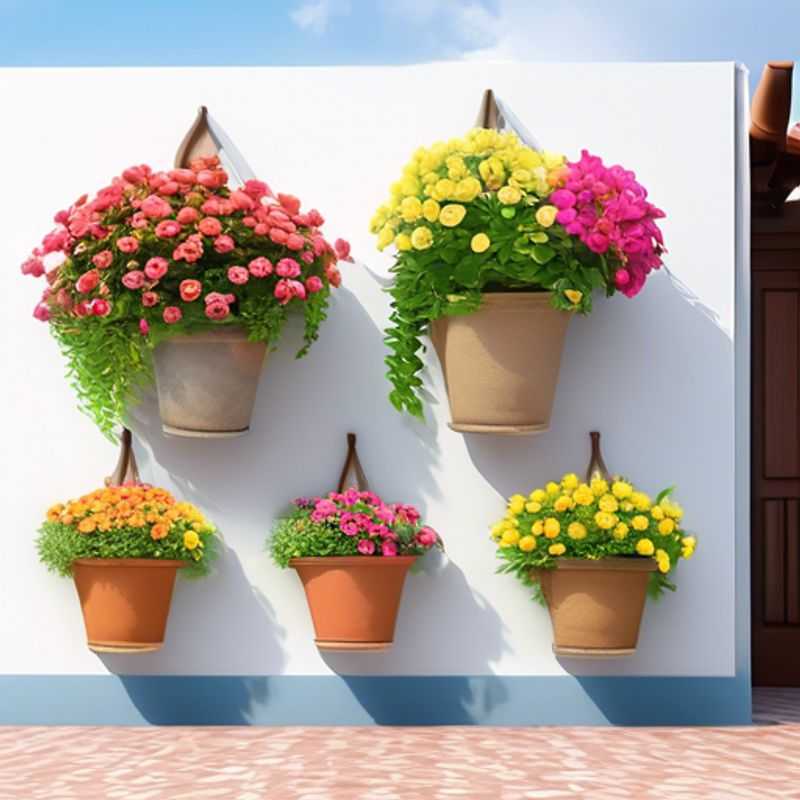
Nurturing Your Hanging Gardens: Developing a Watering and Maintenance Plan
Creating a watering and maintenance plan for your hanging pots is crucial for their flourishing. It’s all about finding that sweet spot between keeping them hydrated and preventing overwatering, which can lead to root rot. Here's a concise guide to help you achieve this:
1. Assess Your Pots and Plants: The size and material of your hanging pots will determine how quickly they dry out. Terracotta pots dry out faster than plastic ones. Also, consider the plant’s water needs – some plants prefer drier soil than others.
2. Watering Technique: Water deeply but infrequently. Allow the soil to dry out slightly between waterings. Use a watering can with a long spout to reach the roots effectively. Avoid overwatering, which can lead to root rot and fungal issues.
3. Check for Drainage: Hanging pots should have drainage holes to prevent waterlogging. Ensure the holes are not blocked and the water can flow freely.
4. Regular Inspection:Regularly inspect your plants for signs of wilting, yellowing leaves, or pests. Address any issues promptly to prevent them from escalating.
5. Fertilizing: Provide your hanging plants with regular fertilization, especially during the growing season. Use a balanced liquid fertilizer diluted according to the instructions on the package. Don't overfertilize, as it can burn the roots.
6. Pruning: Prune your hanging plants regularly to encourage bushier growth and prevent them from becoming leggy. Remove any dead or damaged leaves or stems.
7. Winter Care: During winter, reduce watering frequency and stop fertilizing. Some hanging plants may need to be brought indoors to protect them from freezing temperatures.
By following these guidelines, you can create a watering and maintenance plan tailored to your hanging pots, ensuring they thrive and bring beauty to your surroundings.
